Hay fever relief: The wipes, nasal spray and eye compress you need
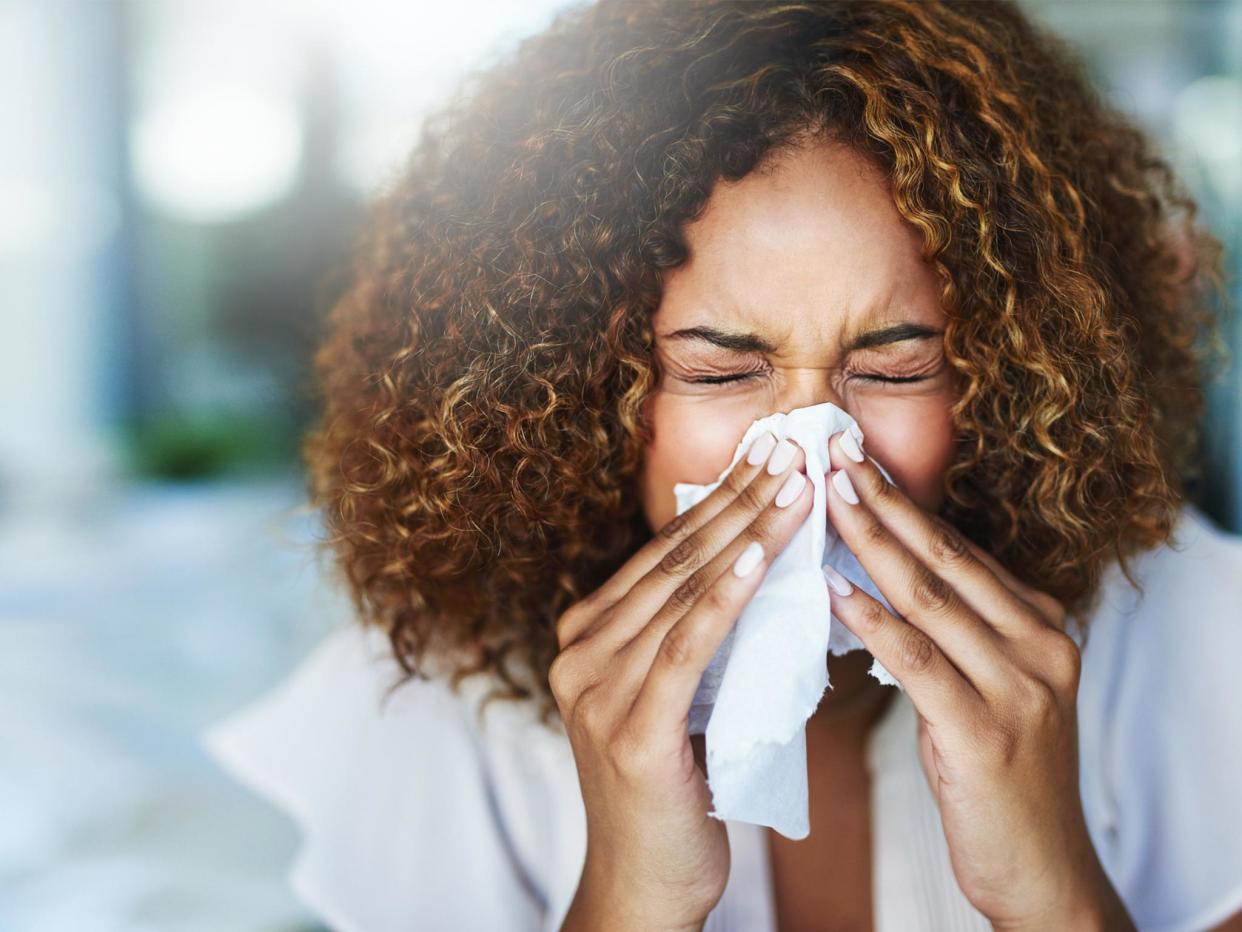
Sunny skies and hot weather are warmly welcomed as we remain in lockdown, but the heat can also bring an increased pollen count that’ll affect hay fever and allergy sufferers.
As temperatures rise, the tree pollen count will do so as well, meaning little respite.
Hay fever isn't enjoyable for anyone, and having a runny nose, itchy throat and headache can easily spoil a pleasant few days meeting friends for socially distanced barbecues or picnics.
Here are some top tips on how to get ahead of it, according to Dr Beverley Adams-Groom, chief pollen forecaster at the University of Worcester.
You can trust our independent roundups. We may earn commission from some of the retailers, but we never allow this to influence selections. This revenue helps us to fund journalism across The Independent.
Be prepared ahead of time
“We strongly advise people to take medication a week or two in advance of the start of the season," says Dr Adams-Groom.
"If sufferers can avoid the first really bad hay fever attack, they will have a much better season overall,” she explains who recommends checking pollen calendars to help identify your symptoms.
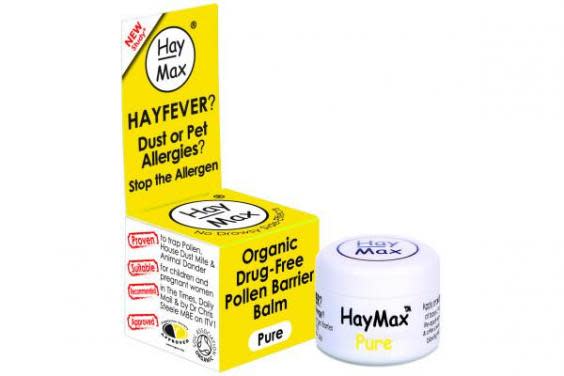
Aside from tablets, sufferers can use barrier products. These can be balms which you put underneath your nostrils.
On your next trip outside, she suggests visiting your local pharmacist who can help you find the best medication and barrier products for you.
“Often you need a combination of products, eg, antihistamines with a barrier product or a nasal spray. People sometimes have to experiment to get the best medication for them as individuals.”
Antihistamines are often the most effective medication at preventing your symptoms. Dr Adams-Groom explains they work by suppressing the histamine that is produced in the mast cells inside your nose when pollen hits them.
"However, with all products, you can get breakthrough symptoms when the pollen gets very high, in which case it is helpful to use another product as well and do your best to stay indoors," she says.
How can you minimise discomfort?
Dr Adams-Groom told The Independent that being inside with the doors and windows shut is actually beneficial to hay fever sufferers as it will prevent pollen entering.
She recommends changing clothes if you’re coming from the garden indoors and wiping pet fur down with a damp cloth to catch the pollen.
“If you have to go out, wear a mask to prevent the pollen entering your nose and wear sunglasses to keep the pollen out of your eyes and ensure windows are closed and air-con is on when travelling in a car,” she says.
Is there anything you should avoid?
If you suffer from tree pollen, then some foods are worth avoiding to prevent cross-reactivity, also known as oral allergy syndrome.
According to Dr Adams-Groom, you should steer clear of almonds, apples, apricots, carrots, celery, cherries, hazelnuts, kiwis, parsley, peached, peanuts, pears, plums and soya bean, particularly if you have birch tree allergy.
Are there any products that can help?
Rather than just put up with the discomfort hayfever causes, there are plenty of products that help whether your issues are itchy eyes, runny nose, redness or all of the above.
According to the NHS, a beclometasone nasal (nose) spray can help to bring down inflammation of the inside of your nose caused by hayfever. Try this beclometasone hayfever relief nasal spray (Chemist5u, £4.99) to effectively combat sneezing and a runny nose. To apply, use two sprays in each nostril twice a day.
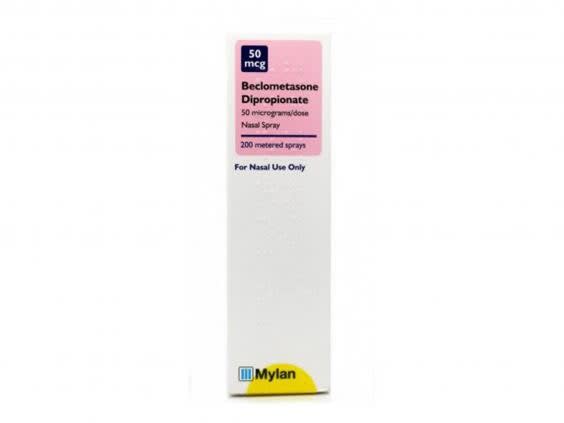
For your home, this HoMedics totalclean air purifier AP15, £99.99, helps reduce pollen, dust mites and airborne allergens that may already be in your house or being brought in by your pets.
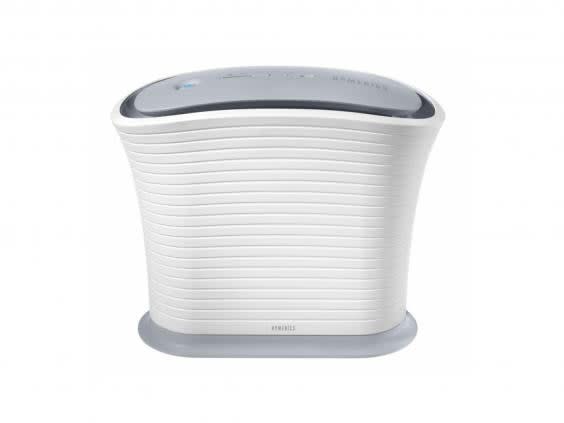
There are three speeds, low, medium and high, it comes with a three-year guarantee and the filter will only need replacing every 18 months.
To soothe itchy, watery eyes and relieve redness, try these Boots hayfever relief 2 per cent w/v eye drops (Boots, £4.99) eye drops which will help alleviate the discomfort hayfever causes.

It's recommended to squeeze one or two drops into each eye, four times a day. If you see no improvement after two days of use, contact your doctor who will be able to advise on what you might need.
An eye compress can also be beneficial, particularly if you're struggling with inflammation and swelling. The eye doctor allergy hay fever compress (Superdrug, £8.99) are made with a self-cooling fabric and look much like a regular sleeping eye mask with adjustable straps to help keep it securely on your face.

You can put them in the fridge for a few minutes prior to use too.
To help shield your eyes from the pollen in the air, wearing a pair of sunglasses can help. In our guide to the best sunglasses for women, the Le Specs women's air heart sunglasses (The Hut, £45) came out on top) for being both stylish and practical, so you don't have to compromise on either.

With proportions reminiscent of cat-eye, the thick tort frame and metal top bar inlay made for a sturdy feel, so when you're covering up streaming eyes, you can look good while you do it.
In our guide to men's sunglasses however the Cubitts herbrand (Cubits, £125) impressed us the most.

Each pair goes through 50 individual production steps resulting in a reassuringly sturdy build quality, and they come in a small, regular and large size, so you’re guaranteed a great fit.
These Nuage hayfever relief allergy wipes (Superdrug, £1.99) can also be used to remove and trap pollen, dust or other irritants that may be on your skin.

They can also help to reduce swelling around the eye area.
Cannabidiol (CBD) may also prove effective, thanks to its anti-inflammatory properties. This Botanics simply calm hydrating serum with cannabis sativa (hemp) seed oil (Boots, £11.49) is a handy product to add to your skincare regimen.
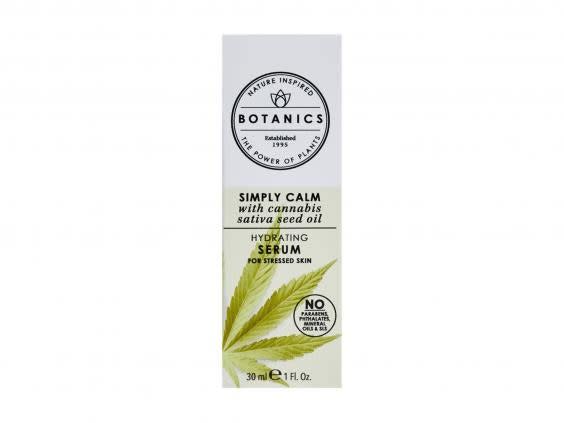
It will soothe stressed skin while reducing redness and blemishes with regular use and is fast-absorbing, so won't leave an oily residue.
To keep the air in your home dust and allergen-free, use an air purifier. Our favourite is the Blueair Blue Pure 411 Air Purifier (Argos, £129).
Founded in Sweden, Blueair has a whole range of innovative air purifiers. This product is small but powerful, designed for smaller rooms up to 15m2. We really liked its simple set-up with one button control – you just need to plug it in and turn it on. With three speed settings, this is a no-fuss purifier which completely filters room air every 12 minutes. We really felt the air was fresher to breathe, and in particular, it removed cooking smells when placed in the kitchen.

Noise was an important consideration while testing, and we found the lowest setting on this product was quiet enough to have on while sleeping, so you can wake up feeling dust and allergen free. This air purifier was also one of the most attractive products we tried out, and if you’re not a fan of the blue coloured pre-filter, there are a range of other colours to choose from, so you won’t have to hide it in the corner of the room. Its compact and lightweight design means it’s easy to move around the house, or even travel with.
Compared to other purifiers we tested, this was easy to maintain, with an indicator light that turns red to let you know when you need to change the filter (normally after six months of use). The pre-filter was really simple to clean, you can actually gently vacuum clean it or, as we did, wash it in the washing machine. Finally, we were impressed that it uses just 1.5 watts of power, making it very energy efficient if you’re going to have it on for long periods of time.
Wool-filled pillows are an increasingly popular choice, with fans of this natural fabric declaring that once you “go wool” you won’t go back to the synthetic variety. It’s a material that boasts moisture-wicking and temperature-regulating properties so will keep your head cool in summer and cosy in winter, as well as being naturally hypoallergenic.
In our guide to the best hypoallergenic pillows, we loved the Woolroom deluxe washable wool pillow deluxe pillow (Woolroom, £48.74) that has clusters of wool balls sourced from British down breeds of sheep, stuffed inside a 200-thread count organic cotton outer. The pillow has the all-important approval from Allergy UK as it’s naturally resistant to mould, mildew and the mites that can cause allergies. You can also bung it in the washing machine.

Our pillow arrived looking plump and was ultra-supportive, yet comfy when we bedded down. Wool fillings do result in a firmer feel, but if you take the Goldilocks approach to your pillows, “too firm”, “too flat”, or “too soft” can be easily remedied. We loved being able to unzip the pillow and whip out handfuls of wool and disperse the clumps until we hit our comfort sweet spot (store the surplus wool in the natural calico bag that the pillow is delivered in). If you prefer your pillow with even more firmness or loft, there’s a bag of extra wool to buy so you can stuff and adjust until it feels “just right”.
Read more
How to tell the difference between hayfever and coronavirus symptoms
9 best anti-allergy and hypoallergenic pillows
10 best linen bedding sets that are effortlessly chic
11 best dog beds to keep your pet cosy and calm
Everything you need to keep cool during a heatwave
Face mask buying guide: Everything you need to know as lockdown eases

 Yahoo News
Yahoo News 
